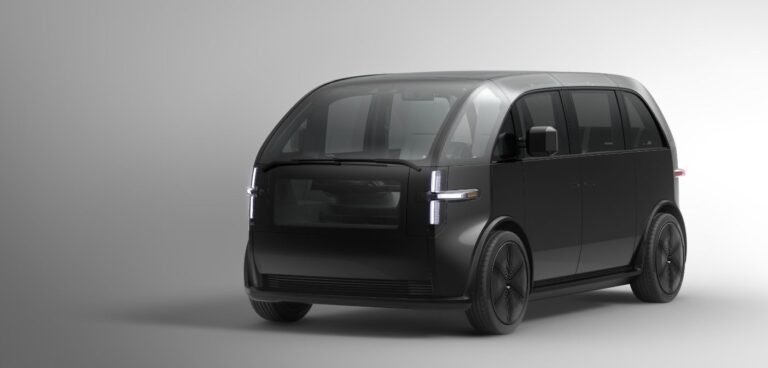Los Angeles-based EV startup Canoo has announced that the advanced driver assistance systems for the company’s membership-based semi-autonomous EVs will be powered by BlackBerry’s QNX operating system (OS), including radar sensors, parking sensors and cameras.
As part of the agreement, BlackBerry will license its QNX technology to Canoo, including its QNX OS for Safety 2.0 to serve as the foundation for the autonomous features within the company’s city-friendly EVs.
Canoo said it aims to bring its first production vehicles to market with advanced Level 2 or 2.5 autonomous features as standard at the end of 2021. Level 2.5 features are consistent with partial autonomy, enabling the vehicle to manage acceleration and steering and monitor components of its environment in certain conditions.
Phil Weicker, in charge of propulsion and electronics at Canoo, said: “The global autonomous vehicle market is expected to reach nearly US$600bn by 2026. As these systems become more affordable and available to implement in the mass market, our membership model makes it easy to keep our vehicles up-to-date with the latest in ADAS technology. BlackBerry QNX is the industry standard for safety certified software operating systems, so it was a natural choice for us.”
QNX OS for Safety is an operating system that embedded developers can use to build safety-critical systems. Based on BlackBerry’s QNX Neutrino real-time operating system (RTOS), QNX OS for Safety has been certified to ISO 26262 ASIL D and IEC 61508 SIL3. With a pre-certified microkernel RTOS, the solution enables automakers and embedded software developers in a wide variety of industries to accelerate their development timelines and reduce the cost in moving projects from research to production.





